The best time to trim houseplants is during their active growth period, typically in spring or early summer. Trimming in these seasons encourages healthy growth.
Properly trimming houseplants is crucial for maintaining their health and appearance. During spring and early summer, plants experience robust growth, making it the ideal time to prune. This period allows the plants to recover quickly and produce new, healthy foliage.
Trimming helps remove dead or damaged leaves, promotes better air circulation, and prevents diseases. It also encourages the plant to grow in a more desirable shape. Regular pruning ensures that your houseplants remain vibrant and healthy, contributing to a more aesthetically pleasing home environment. Always use clean, sharp tools to avoid harming the plant.
Importance Of Trimming Houseplants
Trimming houseplants is essential for their overall health and growth. It helps maintain their shape and encourages new growth. Regular trimming ensures your plants stay vibrant and beautiful.
Benefits Of Regular Trimming
Regular trimming offers many benefits for houseplants. It keeps them tidy and prevents overgrowth. Here are some key benefits:
- Encourages New Growth: Trimming stimulates the plant to produce new leaves and stems.
- Improves Air Circulation: Removing excess foliage allows better airflow around the plant.
- Prevents Disease: Healthy trimming removes dead or diseased parts, reducing the risk of infection.
Impact On Plant Health
Trimming has a significant impact on plant health. It helps manage pests by removing infested parts. It also ensures the plant’s resources are used efficiently. When you trim, the plant can focus on growing stronger and healthier.
Here’s a quick overview:
| Aspect | Impact |
|---|---|
| Pest Management | Reduces pest infestations by removing affected areas. |
| Resource Allocation | Helps the plant use nutrients more effectively. |
| Overall Health | Enhances the plant’s ability to grow and thrive. |
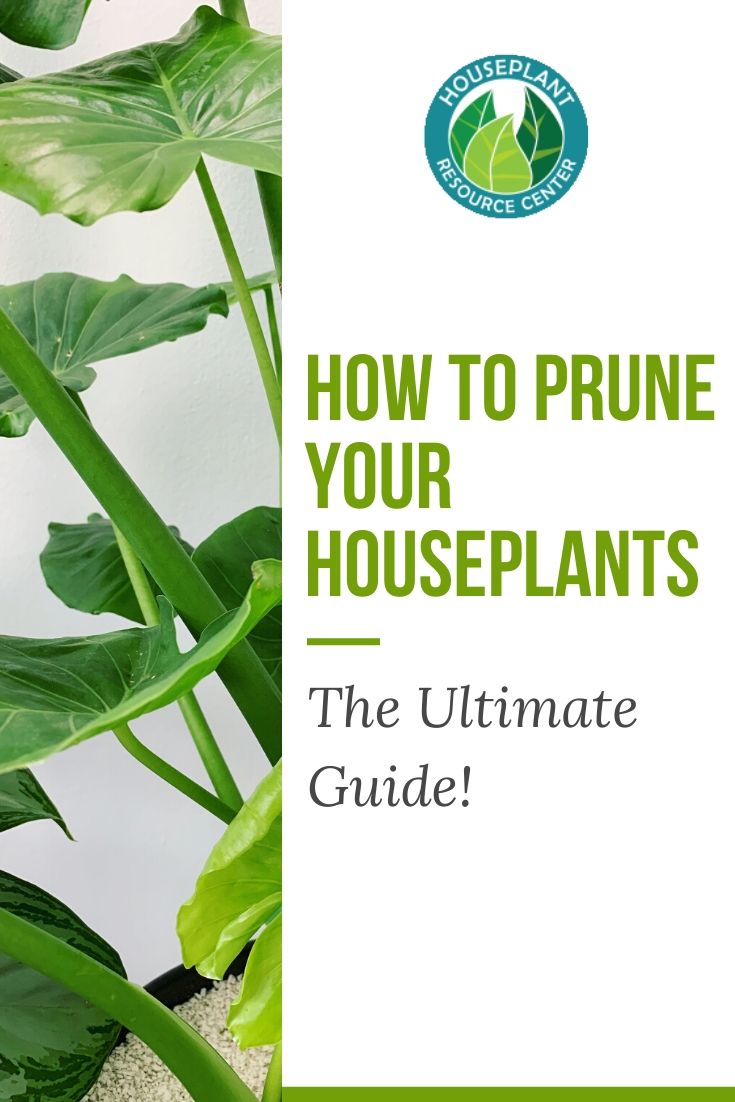
Credit: houseplantresourcecenter.com
Seasonal Trimming Guidelines
Knowing the best time to trim houseplants can help them thrive. Each season has its own guidelines. Following these ensures your plants stay healthy and beautiful.
Spring And Summer
Spring is the ideal time for most houseplants. Plants are coming out of their dormant phase. This is when they start to grow actively. Trim plants in spring to encourage new growth.
Summer is also a good time for trimming. This period is when plants have the most energy. Trim to shape your plants or remove dead leaves.
| Season | Activity |
|---|---|
| Spring | Encourage new growth |
| Summer | Shape and remove dead leaves |
Fall And Winter
Fall is a time to slow down on trimming. Plants begin to prepare for dormancy. Only trim if absolutely necessary. Focus on removing dead or diseased parts.
Winter is usually a time to avoid trimming. Plants are in a resting phase. Trimming can stress them. Only remove dead or damaged leaves. Be gentle with your plants during this period.
| Season | Activity |
|---|---|
| Fall | Remove dead or diseased parts |
| Winter | Avoid trimming, only remove dead leaves |
Identifying The Right Time
Choosing the best time to trim houseplants is essential. Proper trimming promotes healthy growth and keeps your plants happy. This section will help you identify when to trim your houseplants by recognizing key signs and optimal growth stages.
Signs Your Plant Needs Trimming
- Yellowing Leaves: Yellow or brown leaves indicate stress.
- Leggy Growth: Sparse, elongated stems mean the plant needs shaping.
- Dead or Damaged Parts: Remove dead or damaged parts immediately.
- Overcrowded Branches: Too many branches can stunt growth.
- Flowering Issues: Fewer blooms suggest the need for trimming.
Optimal Growth Stages
Timing your trim during the plant’s growth cycle is crucial. Here are the best stages:
- Early Spring: Most houseplants benefit from a trim before new growth.
- Post-Bloom: Trim after flowering to encourage new blooms.
- Mid-Growth Season: Light trimming during peak growth helps maintain shape.
| Growth Stage | Action |
|---|---|
| Early Spring | Major trim for new growth |
| Post-Bloom | Trim spent blooms |
| Mid-Growth Season | Light shaping trim |
Remember, observing your plant’s needs and trimming at the right time will ensure its health and beauty.
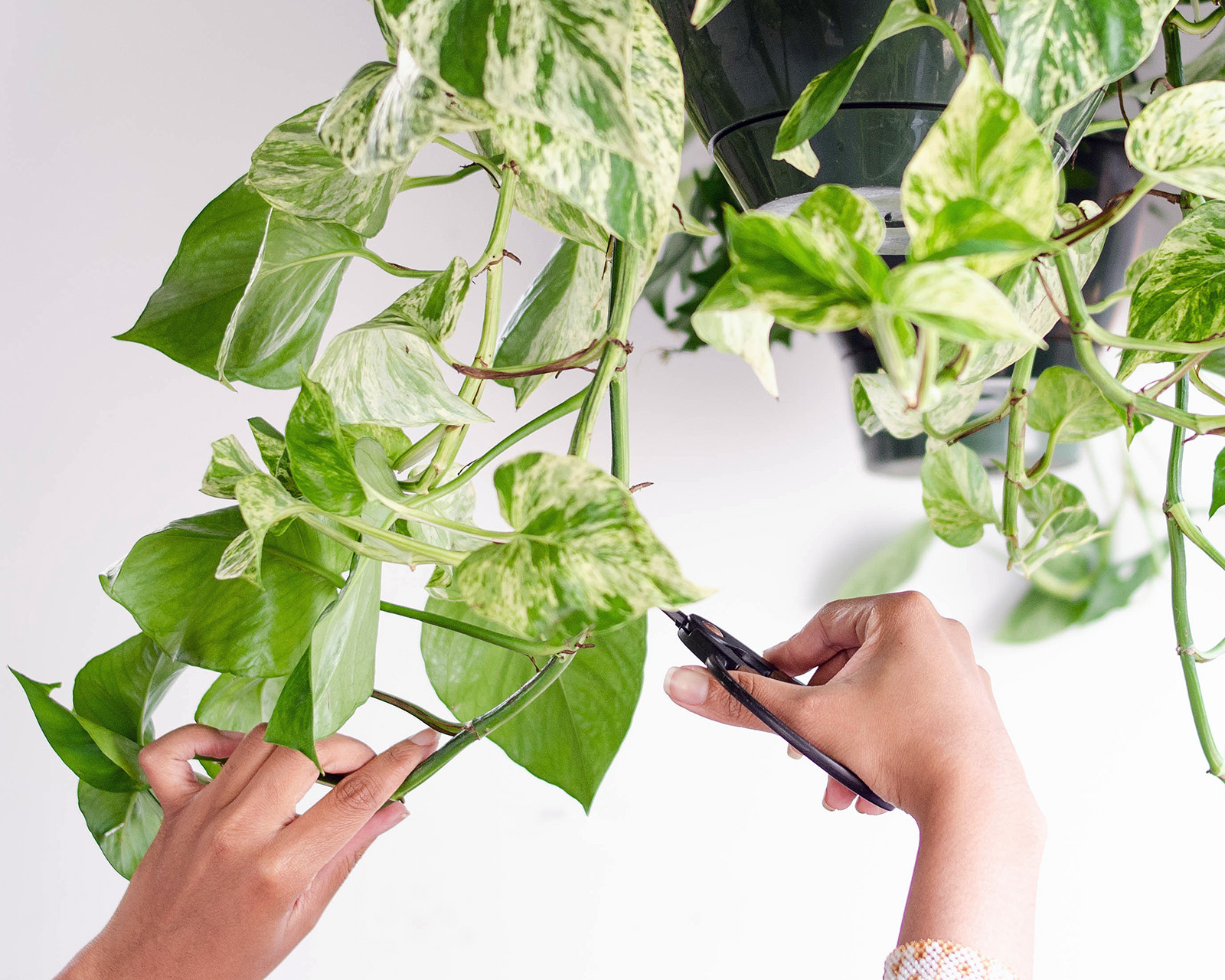
Credit: stumpplants.com
Tools For Effective Trimming
Trimming houseplants is an essential task for maintaining their health and appearance. To achieve the best results, you need the right tools. This section will cover the essential tools and tool maintenance tips for effective trimming.
Essential Tools
Having the right tools makes trimming houseplants easier and more efficient. Below are some must-have tools for effective trimming:
- Pruning Shears: Ideal for cutting thicker stems and branches.
- Scissors: Perfect for snipping smaller leaves and stems.
- Gloves: Protect your hands from thorns and irritants.
- Disinfectant: Prevents the spread of diseases between plants.
Tool Maintenance Tips
Maintaining your tools is crucial for their longevity and effectiveness. Follow these tips to keep them in top shape:
- Clean Regularly: Wipe tools with a damp cloth after each use.
- Sharpen Blades: Use a sharpening stone to keep blades sharp.
- Lubricate Moving Parts: Apply oil to hinges and joints.
- Store Properly: Keep tools in a dry place to avoid rust.
Using well-maintained tools ensures clean cuts and promotes healthy plant growth. Remember to clean and disinfect your tools regularly to prevent the spread of diseases.
Trimming Techniques
Trimming your houseplants helps them grow healthy and strong. It removes dead leaves and shapes the plant. Using the right techniques is crucial. Let’s explore some effective methods.
Basic Pruning Methods
Basic pruning is easy and essential. Start by removing dead leaves and stems. Use clean scissors or pruning shears.
- Identify dead or yellow leaves.
- Cut them close to the stem.
- Trim any leggy stems.
Basic pruning helps the plant look neat. It also promotes new growth.
Advanced Trimming Strategies
Advanced trimming needs more skill. It shapes the plant and controls its size. Here are some strategies:
- Pinching: Use your fingers to pinch off new growth tips. This encourages bushier growth.
- Thinning: Remove some stems from crowded areas. It increases air circulation.
- Heading Cuts: Cut the stem just above a leaf node. It helps the plant grow in a desired direction.
These techniques require practice. Use them carefully to avoid harming the plant.
| Technique | Purpose |
|---|---|
| Pinching | Encourages bushier growth |
| Thinning | Increases air circulation |
| Heading Cuts | Directs plant growth |
Mastering these trimming techniques will keep your houseplants healthy and attractive.
Common Mistakes To Avoid
Trimming houseplants is an essential part of plant care. But many people make common mistakes. These mistakes can harm your plants. Let’s explore some key mistakes to avoid.
Over-trimming Issues
One common mistake is over-trimming. This means cutting too much of the plant. Over-trimming can stress the plant. It may stop growing or even die.
- Trim only the dead or yellow leaves.
- Do not cut more than 25% of the plant at once.
Remember, plants need their leaves for photosynthesis. Too much trimming can reduce their ability to make food.
Incorrect Cutting Practices
Another mistake is using incorrect cutting practices. Always use clean, sharp scissors or shears. Dirty tools can spread diseases to your plants.
- Use clean tools for each plant.
- Make cuts at a 45-degree angle.
- Avoid tearing or ripping the leaves.
Correct cuts help the plant heal faster. They also prevent diseases from spreading.
| Common Mistakes | How to Avoid |
|---|---|
| Over-Trimming | Trim only dead leaves and not more than 25%. |
| Incorrect Cutting | Use clean, sharp tools and cut at a 45-degree angle. |
Post-trimming Care
After trimming your houseplants, they need special care to recover. Post-trimming care is crucial for plant health. This section covers the essential steps for nurturing your plants after a trim.
Watering And Feeding
Proper watering and feeding are vital after trimming your houseplants.
- Water the plants lightly to keep the soil moist.
- Avoid overwatering as it can cause root rot.
- Use a balanced fertilizer to provide nutrients.
- Fertilize the plants every 4-6 weeks.
Monitoring Plant Recovery
Monitoring plant recovery ensures your plants bounce back quickly.
- Check for new growth weekly.
- Look for signs of stress like yellow leaves.
- Adjust water and light as needed.
Healthy plants show new leaves and strong stems. Keep an eye on them regularly.
:max_bytes(150000):strip_icc()/6WinterHousePlants_175-11e8163acbd744f89daa279475daa7e9.jpg)
Credit: www.thespruce.com
Expert Tips For Specific Plants
Trimming houseplants can boost their health and appearance. Different plants need different care. Below are expert tips for trimming specific houseplants.
Succulents And Cacti
Succulents and cacti are low-maintenance. They require minimal trimming. Always use clean, sharp tools. Trim during the growing season.
- Avoid trimming in winter as plants are dormant.
- Remove dead or damaged parts first.
- Cut off any leggy growth to promote compact growth.
For cacti, focus on removing offsets. These are small plants growing around the base.
For succulents, cut back to the main stem. This helps the plant stay healthy and neat.
Foliage Plants
Foliage plants like ferns and pothos need regular trimming. This keeps them lush and vibrant. Follow these tips:
- Trim dead or yellow leaves first.
- Use clean, sharp scissors for precise cuts.
- Trim back to a healthy leaf node.
For ferns, trim fronds that are brown or damaged. This encourages new growth.
For pothos, cut back long vines. This promotes bushier growth and prevents legginess.
Regular trimming also helps prevent pests and diseases.
| Plant Type | Best Trimming Time | Tools Needed |
|---|---|---|
| Succulents | Growing Season | Sharp Scissors |
| Cacti | Growing Season | Pruning Shears |
| Ferns | Any Time | Sharp Scissors |
| Pothos | Any Time | Sharp Scissors |
Frequently Asked Questions
When Should I Trim My Indoor Plants?
Trim indoor plants in early spring or late winter. Remove dead, yellowing, or leggy growth. Maintain plant shape and health.
When Should You Not Prune Plants?
Avoid pruning plants during extreme cold or heat. Do not prune during flowering or fruiting seasons. Avoid pruning wet plants to prevent disease.
How Do You Prune Houseplants To Encourage Growth?
Prune houseplants by cutting dead or yellow leaves. Trim leggy stems just above a leaf node. Use clean, sharp scissors. Remove spent flowers to boost growth.
How To Prune A Plant Without Killing It?
Use clean, sharp tools to prune. Remove dead or diseased branches first. Cut just above a bud or node. Avoid heavy pruning in one session. Prune during the plant’s dormant season for best results.
Conclusion
Trimming houseplants at the right time ensures healthy growth and vibrant foliage. Early spring is ideal for most plants. Regular maintenance is key. Observe your plant’s needs and adjust accordingly. Proper care will enhance their beauty and longevity. Happy gardening!

My mission is to help you bring the beauty of nature indoors with expert advice, detailed plant care guides, and creative design ideas.

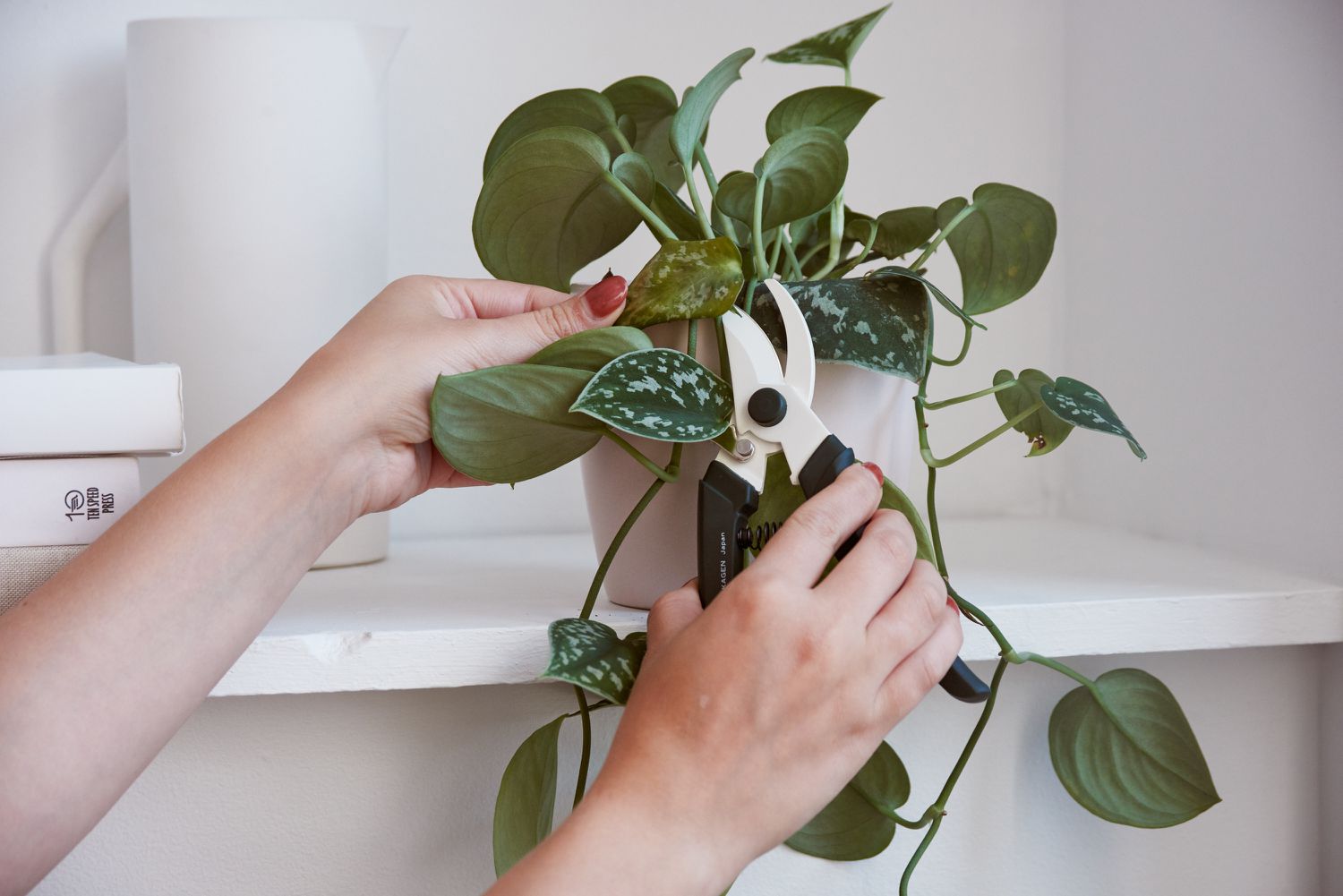
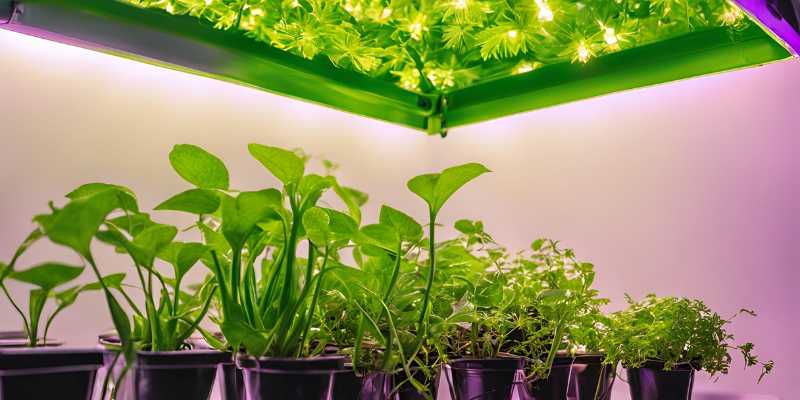
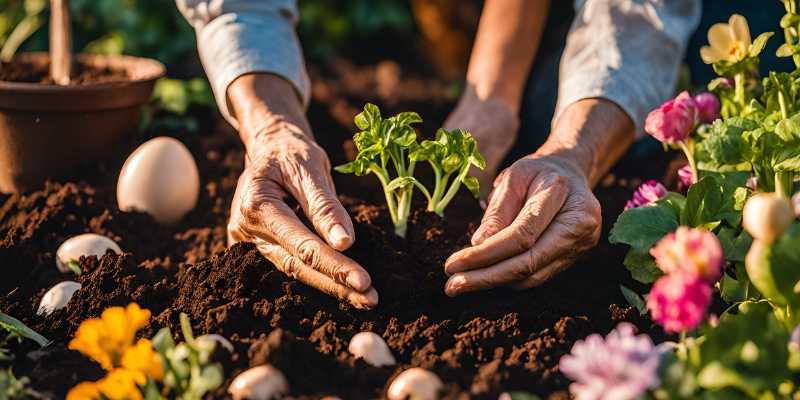
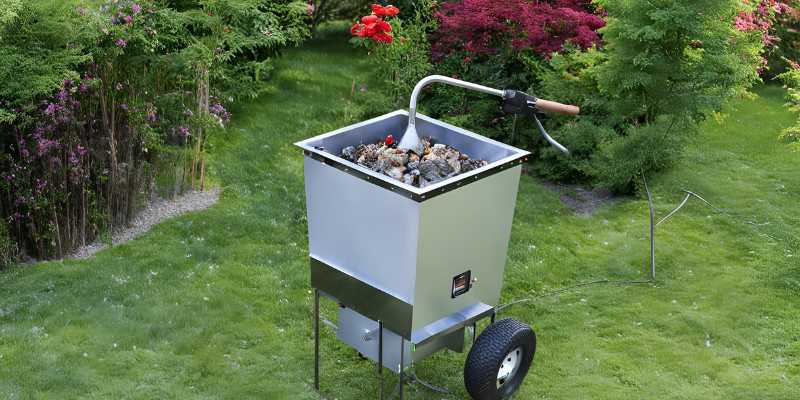
Leave a Reply